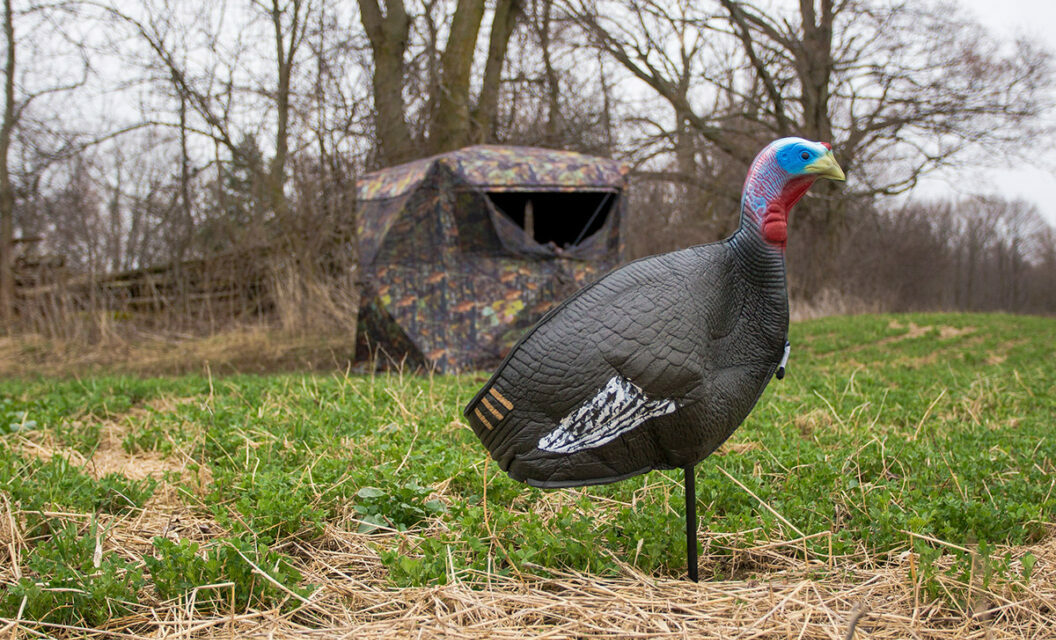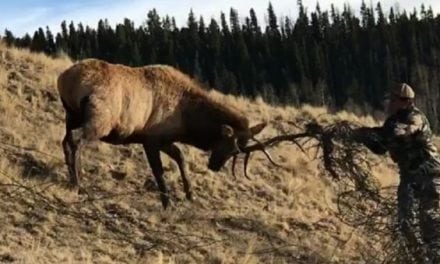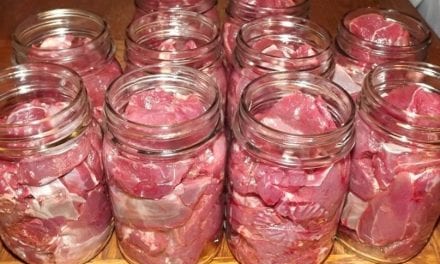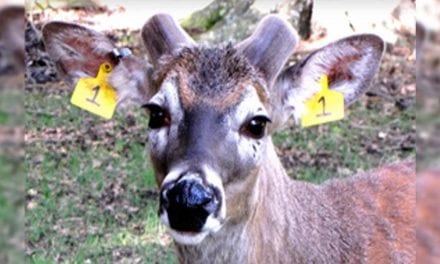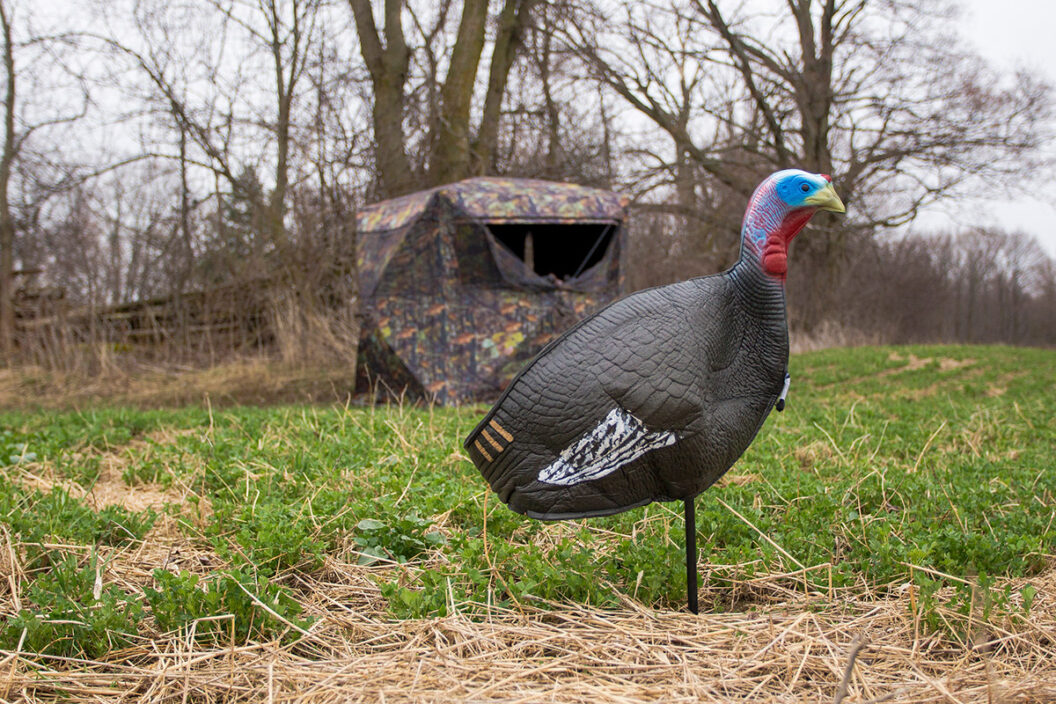
More often than not, I see turkey hunters just put out a Tom and a hen decoy out in the middle of a field, in some random variation, in hopes of fooling a love-crazy longbeard. The fact of the matter is, turkeys are smarter than we sometimes give them credit for. A turkey’s best defense and offense is their eyesight, and that includes determining if a setup is realistic enough to peak his curiosity.
In order to get past this bird’s impressive eyesight and fool him into coming within shooting range, creating a realistic decoy spread is imperative. The issue is, all scenarios are not created the same, and thus, you may need to be ready to implement a different decoy spread depending on your hunting situation. While a single Jake and a feeder hen might be great in the early season as turkeys are just starting to figure out the pecking order, I would argue that in the late season, when the Toms have already established a solid dominance, it’s only going to throw up massive red flags.
While your decoy spread is only one small puzzle piece that fits into the giant puzzle making up your entire turkey hunting strategy, it is undoubtedly a very important one, and one that you need to dial in, especially if you are hunting public ground, or even private ground in an area that sees high turkey hunting pressure. But don’t worry, in this article I will explain four decoy spreads that are great at fooling that cautious Tom, and what time of the year and situation you should use them.
Laydown with a Jake
It’s no secret that the first half of the season provides the most entertainment. Now, I am by no means suggesting that I don’t like the late season, because believe me, I do. However, the early season provides a level of excitement that is hard to match, due to the fact that the Jakes don’t necessarily know where they stand in the pecking order, and thus, you’ll see them “shoot their shot” so to speak, on any welcoming hen. All this does is get the Toms more aggressive, allowing you to have a front row seat for the action.
For this reason, during the first week of the season, I love using a laydown hen decoy, with a half-strut jake just behind her. It’s important that your laydown hen is visible, as even during the early season, tall grass can hide your setup, almost rendering it useless as a Tom likely won’t be interested in what appears to be a lonesome Jake.
With some subtle yet flirtatious calling, any Tom within reasonable distance is going to try to figure out why this hen fancies an immature and unimpressive Jake. It might take a second for the Tom to fully commit, but expect a show involving a fluffed out Tom gobbling his head off in an attempt to pull the hen away.
Lone Hen, Fan for Backup
In the early season, the Toms are going to be constantly on the move looking for that available hen, and you should have a good amount of options, as the birds haven’t been pressured yet, and tend to not be so call shy. For this reason, a full spread might not be necessary, and a lonesome hen should be enticing enough to have an early Tom come check out.
No matter what, I always keep a fan with me, just in case I need to present a more realistic setup with some movement, or if I need to add a little more convincing by bringing some competition into Tom’s love life. Seeing another mature turkey trying to swoop in makes a Toms head go red like no other. Just make sure you’re being safe. I only move with my fan when I am hunting on private land and don’t have to worry about any other hunter mistaking me for a trophy bird.
Group of Hens, One Jake
Later in the season, as the Toms are worn down from competing all day, week after week, they may be hesitant to engage in any more battles. This is the time of the year that I set up a scenario that makes a mature longbeard feel like he has a sure thing. Thus comes in a group of responsive hens, and a single Jake with no competition, at least, no competition yet.
I typically set up this spread around 20 yards away, having a group of three or four hens all facing in my general direction. Directly behind them, with roughly 5 yards of spacing, there is a single shortbread tailing them, with the impression that he can take his pick. This setup typically doesn’t require much calling, just a few subtle clucks and purrs and let the spread do the rest.
Match the Surroundings
The truth is, this last decoy spread isn’t a specific spread at all, and it’s more of a guideline of using your surroundings to paint an accurate picture. Later in the season, mature longbeards become harder and harder to fool, and a scene that doesn’t match the environment, will send an alarm to even the most foolish Toms.
During the first few weeks of the season, keep an eye out for how the turkey population is behaving and how the groups are becoming more spread out based on hunting pressure and breeding patterns. While gathering this intel, you can paint the perfect picture for the dog days of the late season when the Toms aren’t cooperating. This could vary season by season, and depend heavily on where you are located. Match the spread, and you’re in for an incredible hunt, regardless of the hunting pressure.
READ MORE: HOW TO EXECUTE THE RUN-AND-GUN TURKEY METHOD
The post 4 Classic Decoy Spreads to Use this Turkey Season appeared first on Wide Open Spaces.

